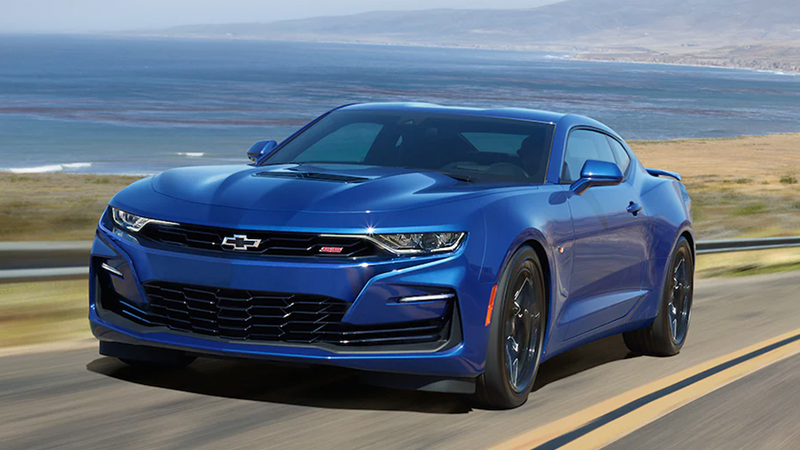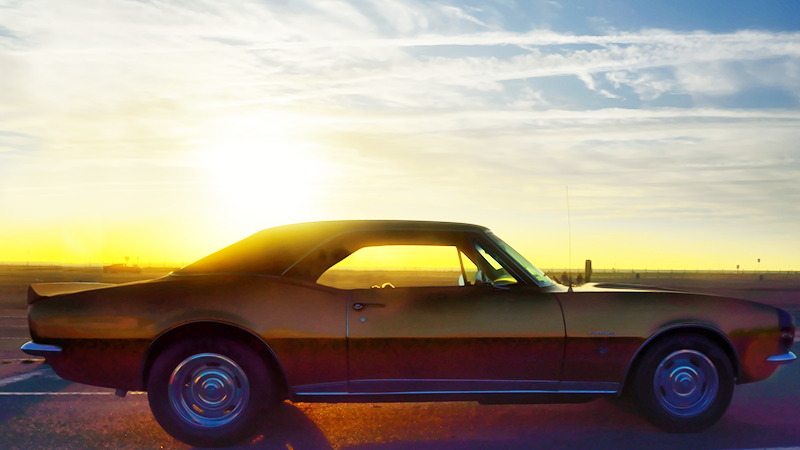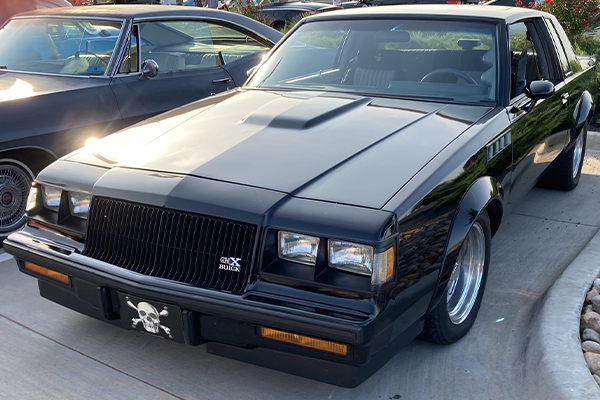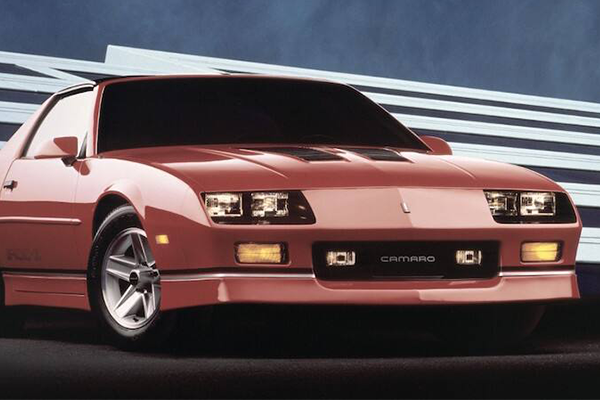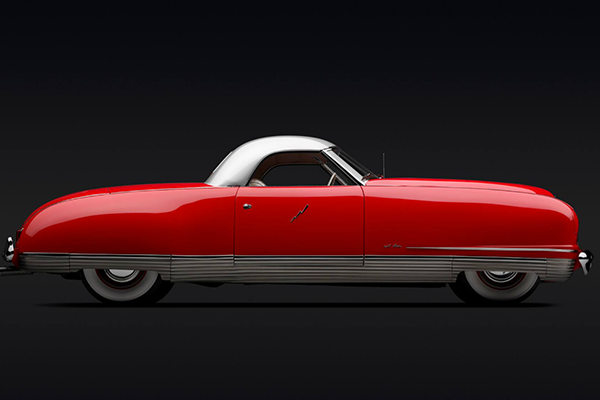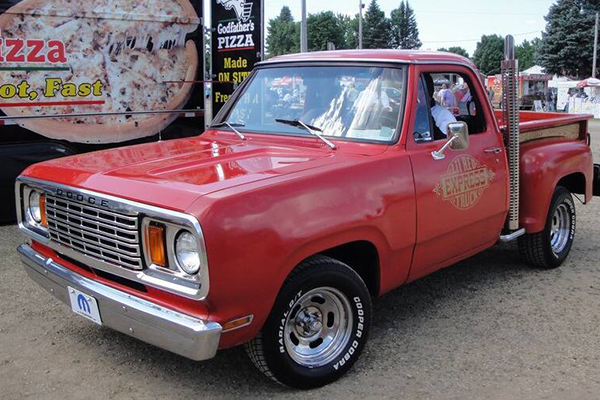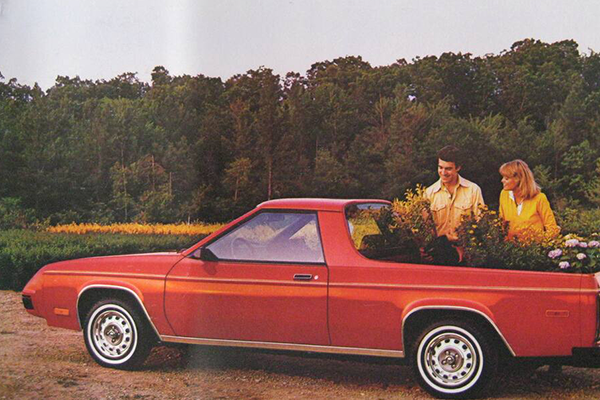With the recent introduction of the sixth generation of Chevy's famous muscle car, there has been a great deal of renewed interest in Camaros, a performance favorite for nearly 50 years. The car has a long, rich history filled with fascinating details. From a last-minute name change the year it was introduced to the exciting changes in the recently introduced 2016 model, the Camaro has a rich, wild history. Let's take a look.
2021 Camaro | Chevrolet
First, How Is the 2016 Version Better?
While your initial impression of the 2016 model may be indifferent from that of the outgoing model, your opinion is bound to change once you’ve entered the driver’s seat.
New and lighter chassis – the 2016 Camaro rides on the same platform that is used in the Cadillac ATS sedan and coupe. Using more aluminum components, the designers have trimmed about 200 lbs. compared to the last incarnation.
Easier to park (at least in theory) – the body is 2 inches shorter than before. The wheelbase also shrinks by about 2 inches.
Deep, deep seat gauges – front and center for the driver, and a must-have in a classic muscle car. Plus, you’ll find a larger infotainment screen.
More gears – an 8-speed Hydra-Matic replaces the 6-speed automatic across the Camaro range, shortening 0-60 mph times, and contributing to improved fuel economy.
Amazing light show – if you like, choose the optional Interior Spectrum Lighting that allows you to choose from 24 colors of accent lighting on the dash, door panels, and foot-wells. There is also a mode that cycles through all the colors.
Turbo power – for the first time, there is a turbocharged Camaro. The entry-level model is motivated by a turbocharged 4-cylinder, which delivers 275-horsepower and 295 lb.-ft. of torque from 3,500-4,000 rpm. This generation also represents the most powerful Camaro SS of all time, with a 455-horsepower 6.2-liter V-8, coupled to an 8-speed automatic or 6-speed manual.
If It Had Been Called “The Panther,” Would It Still Be a Favorite?
Originally the automotive press was full of stories about the new Chevrolet Panther. In fact, the Camaro was the Panther right up until the car's debut. Chevrolet even had the molds made for the emblems. GM (and the press) had called the new model a variety of names, including Nova, Panther, Chaparral, and Wildcat.
It is also rumored that Chevy considered using the letters "GM" in the name, and came up with G-Mini, which evolved into GeMini, and finally Gemini. As the story goes, they killed that name because they didn't want the letters "GM" to be used, in case the car was a flop. When all was said and done, over 2,000 names were considered while the car was in development.
Chevy reps defined the name as “a small, vicious animal that eats Mustangs” since, of course, it was introduced to counter the success of Ford's Mustang. Many sources suggested the name comes from a French word meaning “friend.” Ford representatives found an alternate meaning in an old Spanish dictionary: "a small, shrimp-like creature," and another journalist dug up a translation that meant “loose bowels.”
The Camaro’s questionable naming history was all but forgotten upon its impressive introduction on September 21, 1966. That introduction included a 30-minute movie detailing its development, a complete cutaway car replica, a women's clothing line called the Camaro Collection and even a Camaro road race game.
Vintage Camaro | Getty
Camaro “Outpaced” Nearly All the Rest
Even though the Camaro came two-and-a-half years after the Mustang, it has a healthy lead in the Indianapolis 500. The Camaro has been the official pace car at Indy six times, versus just three for the Mustang. Only the Corvette (with twelve) has paced more 500's than the Camaro.
Limited to Just 100: Neiman Marcus Edition Camaro
Sold during the 2010 holiday season, the Neiman Marcus version of the Camaro convertible came with an exclusive tri-coat deep Bordeaux exterior paint with ghosted stripes. The exclusive automobile came loaded with all the performance, smart technology, and luxury you would expect, including:
- 6.2-liter V8 engine 426-horsepower six-speed manual or 400-horsepower six-speed automatic transmission
- 21-inch five-spoke wheels with brilliant red detailing
- Bordeaux-hued convertible top
- Silver painted windshield surround
- Amber leather-appointed interior with brilliant red accents on the center console, steering wheel, and shift knob
- Acoustics premium eight-speaker, 245-watt sound system
It sold for $75,000 and the 100 units were gone in less than three minutes.
The Camaro as Hero Starring in the Transformers Movies
Bumblebee Camaro | Wikimedia Commons
A yellow version of the American muscle car, redesigned around the release of the first Transformers movie, plays the hero Bumblebee, first depicted as a 1977 Camaro and later as a fifth-generation model. Further cementing the Camaro’s place as a pop culture icon, Chevy gave director Michael Bay a new version of the fifth-gen Camaro to show off in each of the three movie sequels. Bay has long directed the automaker’s commercials and Super Bowl spots. After the 2007 film went on to earn nearly $710 million worldwide, GM saw interest in the Camaro skyrocket, including a 10% gain in sales for yellow Camaros. Yellow typically accounted for less than 5% of any model’s sales, prior to that first movie.
It Takes 18 Hours to Assemble a Camaro in the Plant
Or at least that's how long it took to assemble fifth-generation Camaros in the Oshawa Assembly Plant in Ontario, Canada. The last one came off the line on November 20, 2015. When the assembly line was ramped up, it was common to see a new Camaro roll off at a pace of one per minute.
Some assembly details:
- 734 robots handled the nearly 5,000 spot welds needed to create the body shell for each Coupe.
- The outer body side panel was transformed through strikes by four die sets, with the initial forming press generating nearly 1,400 tons of force, and creating seven body sides per minute.
- The Oshawa paint shop was capable of delivering 150 painted vehicles per hour.
- The Camaro engine was produced at a different plant, then shipped approximately two hours to the assembly line.
- That last car off the line marked the end of an era of Canadian production that stretched back to 1992. Prior to that, Camaros were built in California, Ohio, and several foreign plants.
- The 2016 models will be built in the Lansing Grand River Assembly Plant in Michigan.
Have some Camaro knowledge we didn't mention? Tell us in the comments below!
